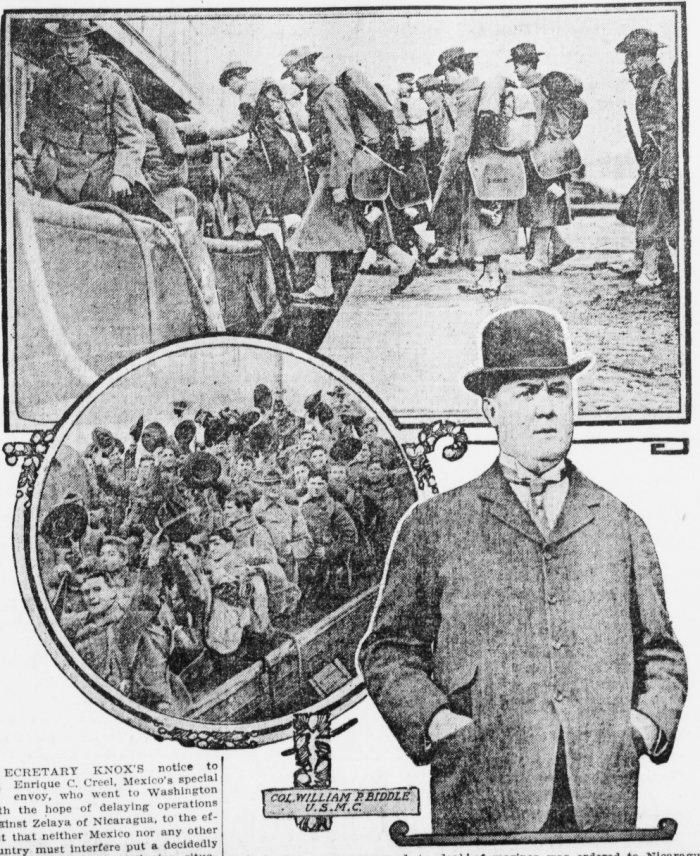
Today in Labor History November 18, 1909: Two U.S. warships sailed to Nicaragua after its president, José Santos Zelaya, executed 500 rebels (including two Americans).
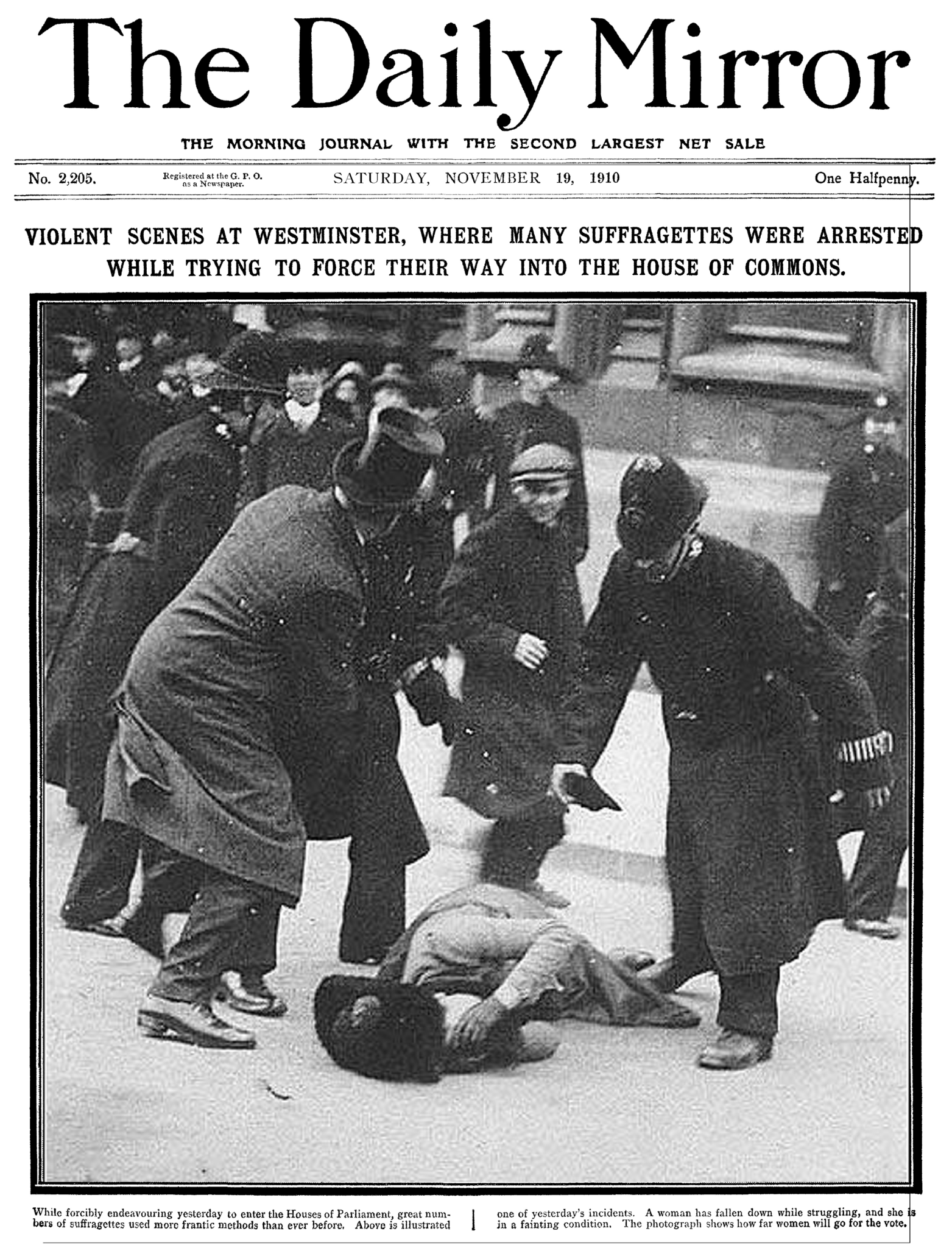
1910s
Today in Labor History November 18, 1910: Black Friday: Hundreds of suffragettes marched to the British Parliament in London to demand voting rights for women. The police beat many of them.
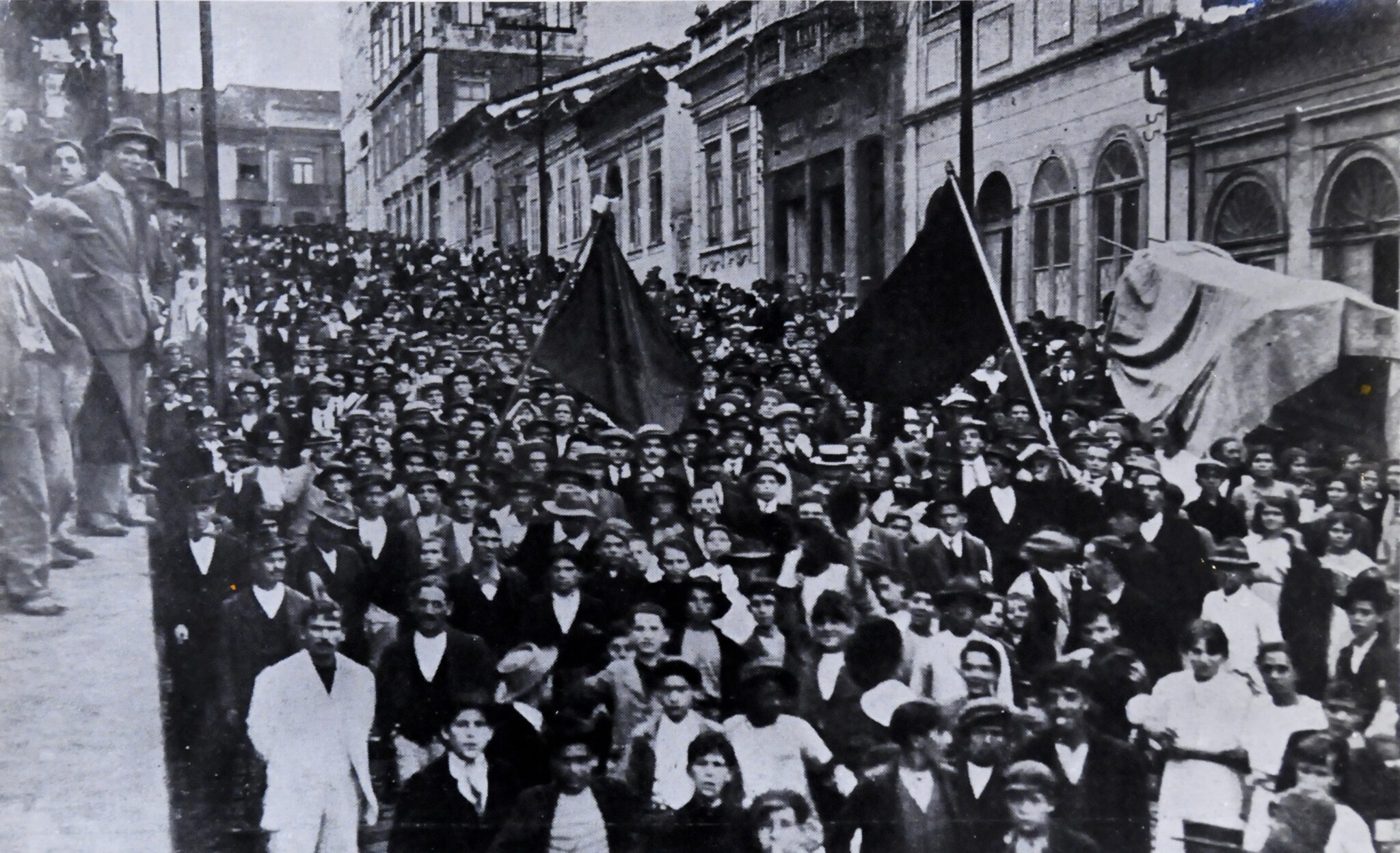
Today in Labor History November 18, 1918: An anarchist workers’ insurrection occurred in Rio de Janeiro, Brazil, involving over 6,000 workers and a plot to overthrow the government. Police attacked the marching workers. A bomb went off. Workers tried to occupy the police station and an army barracks. But the government infiltrated movement from the very start. Thus, it was easy for the government to identify and arrest leaders. They arrested 200 workers, 78 of whom were directly linked to anarchist unions. They also shut down numerous anarchist organizations, including several Modern Schools.
1930s-1940s
November 18, 1936: Workers at the General Motors plant in Atlanta continued the sit-down strike they started the day before. Most people think of Flint as the first Sit-Down Strike. But this strike occurred a full month before Flint. However, over 3,000 members of the IWW engaged in a sit-down strike against General Electric, in Schenectady, NY, in 1909.
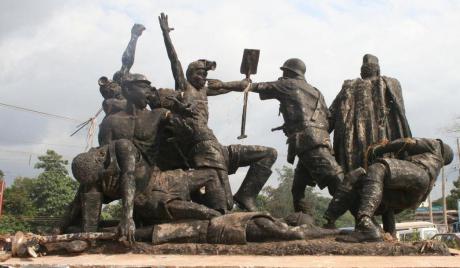
Today in Labor History November 18, 1949: Police shot at striking coal miners in the Ina Valley of Nigeria. 21 miners died and 51 were wounded. The police were under the supervision of the British colonial administration of Nigeria.
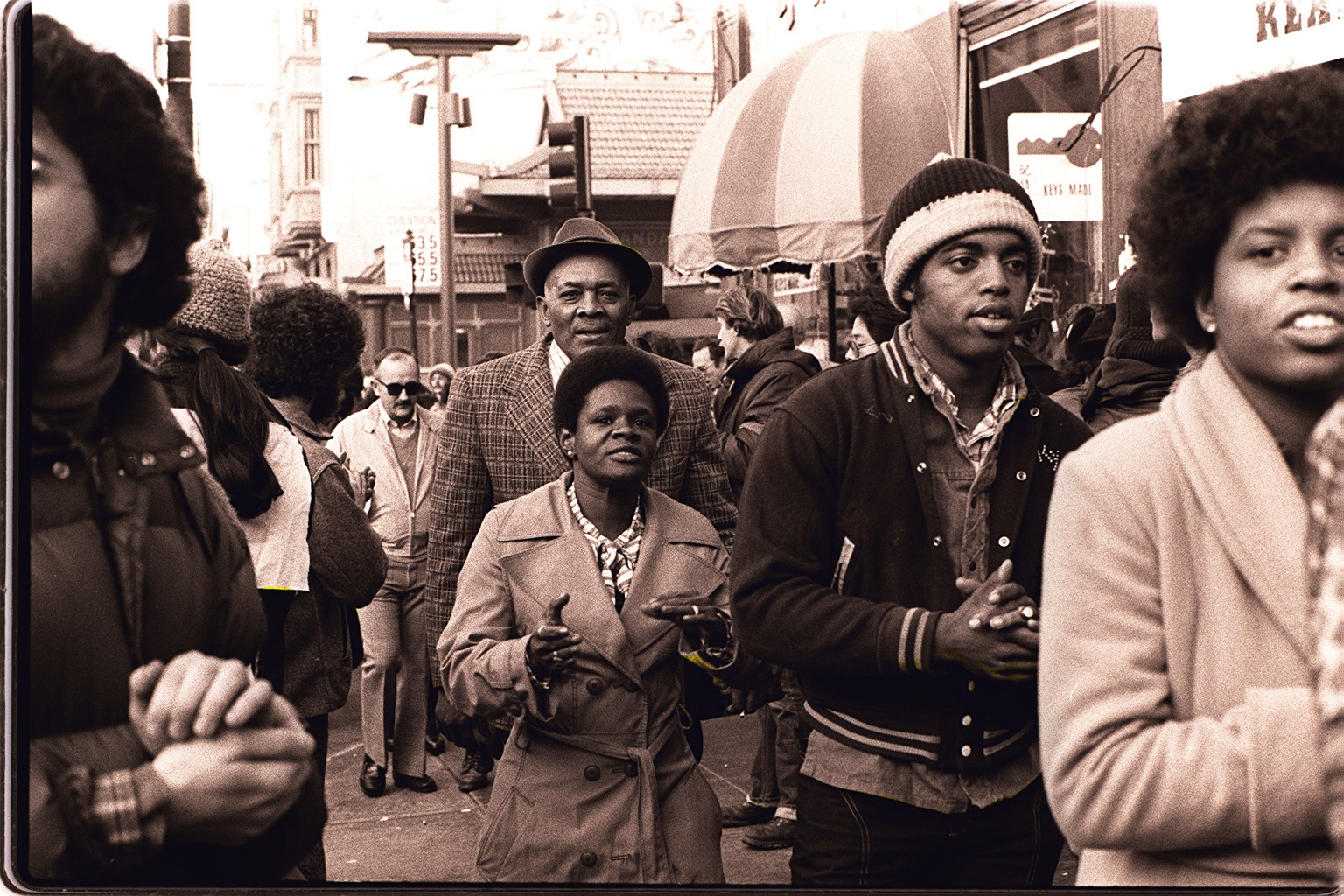
1970s
November 18, 1978: In Jonestown, Guyana, cult leader Jim Jones led his followers at the Peoples Temple to a mass murder–suicide. 918 people died, including more than 270 children. Members of the temple had murdered Congressman Leo Ryan hours earlier. The church’s ideology was a combination of Christian and socialist ideals, and Jim Jones had previously forged alliances with many left-wing figures, as well as San Francisco Mayor George Moscone, Harvey Milk, Governor Jerry Brown and Willie Brown. The temple also had a reputation for aiding California’s poorest residents, especially minorities, drug addicts and homeless people, many of whom died at Jonestown.